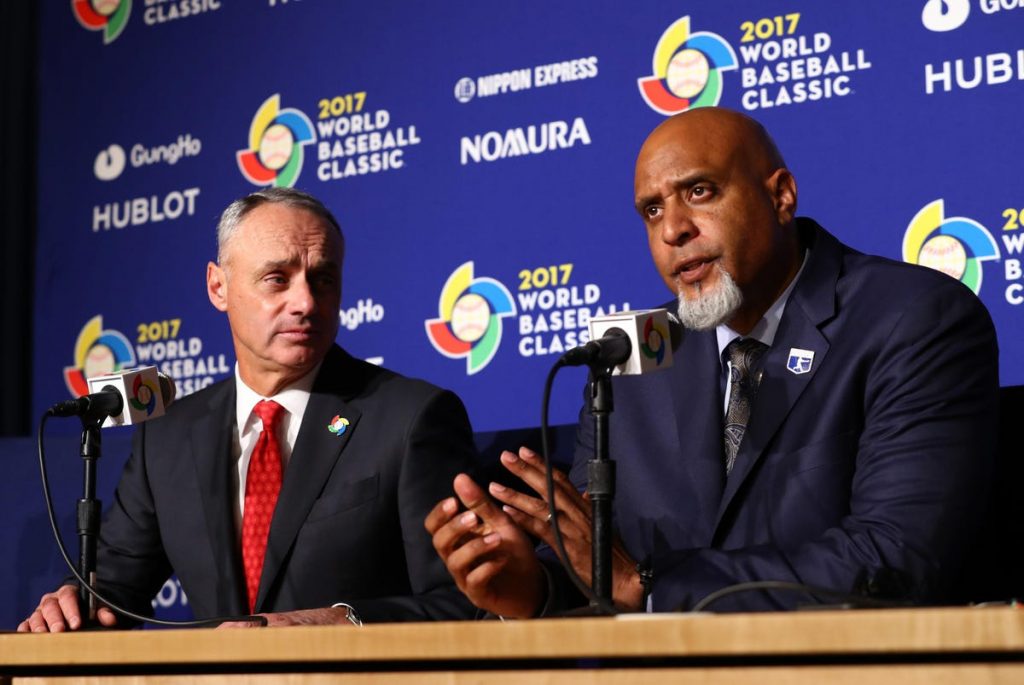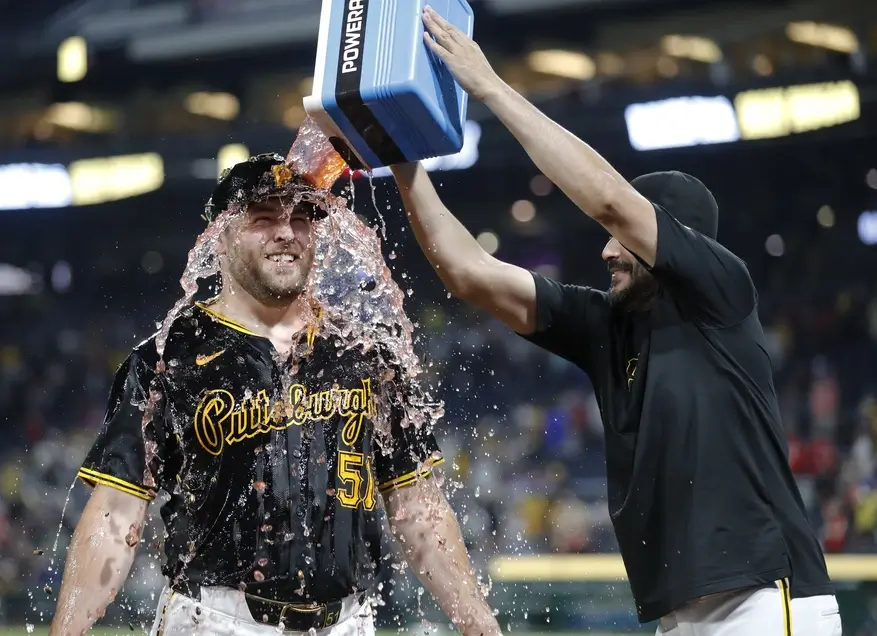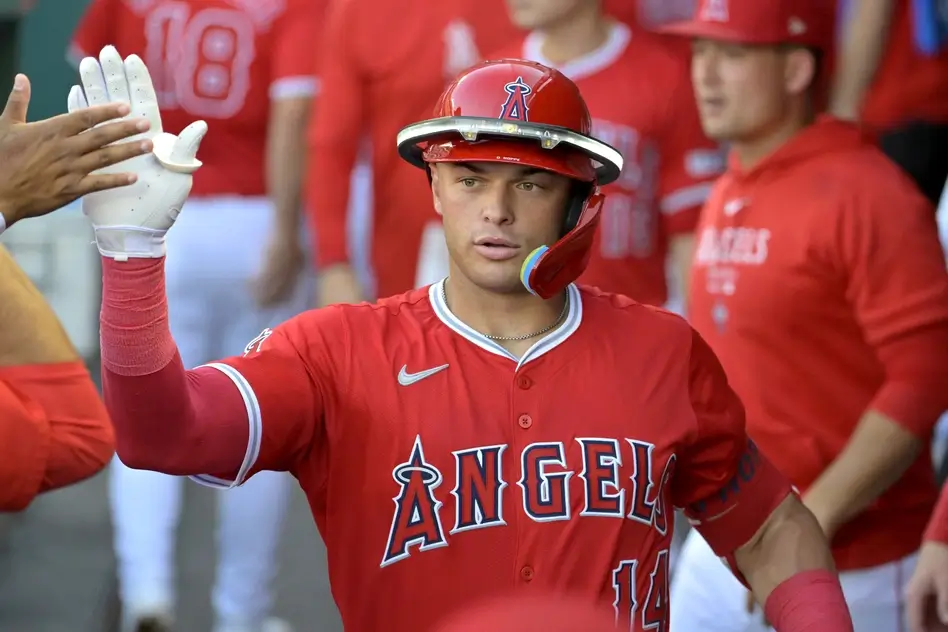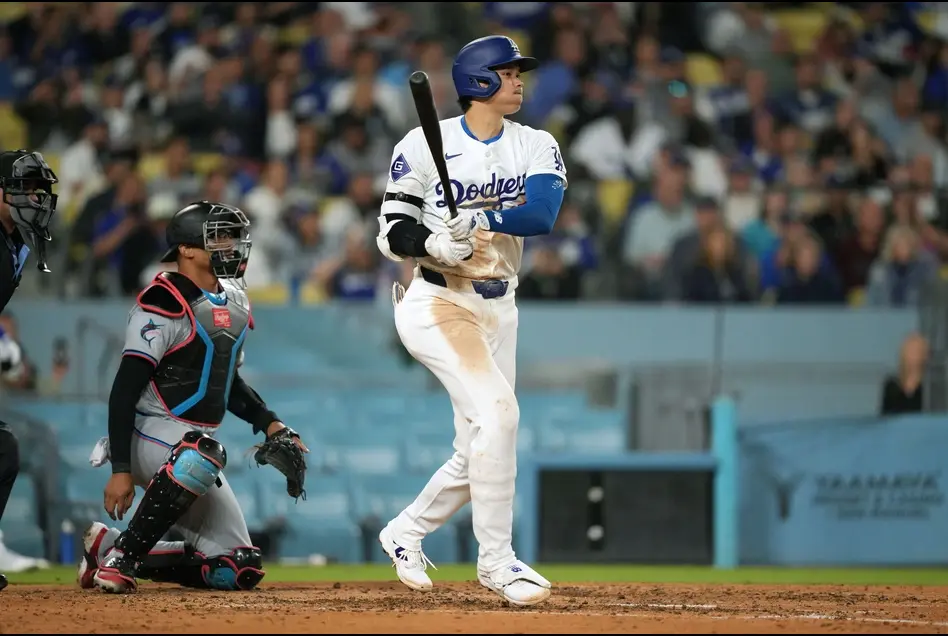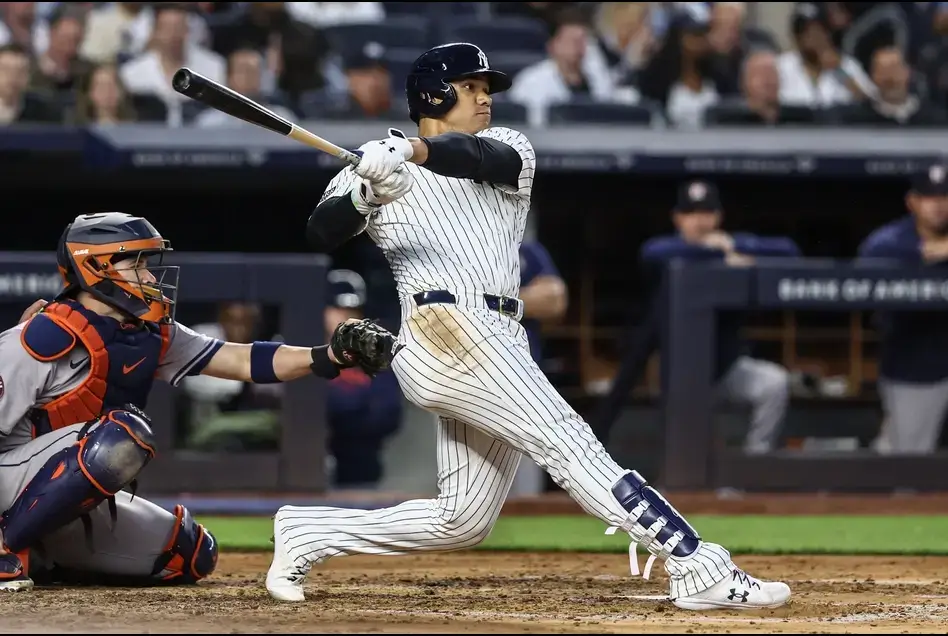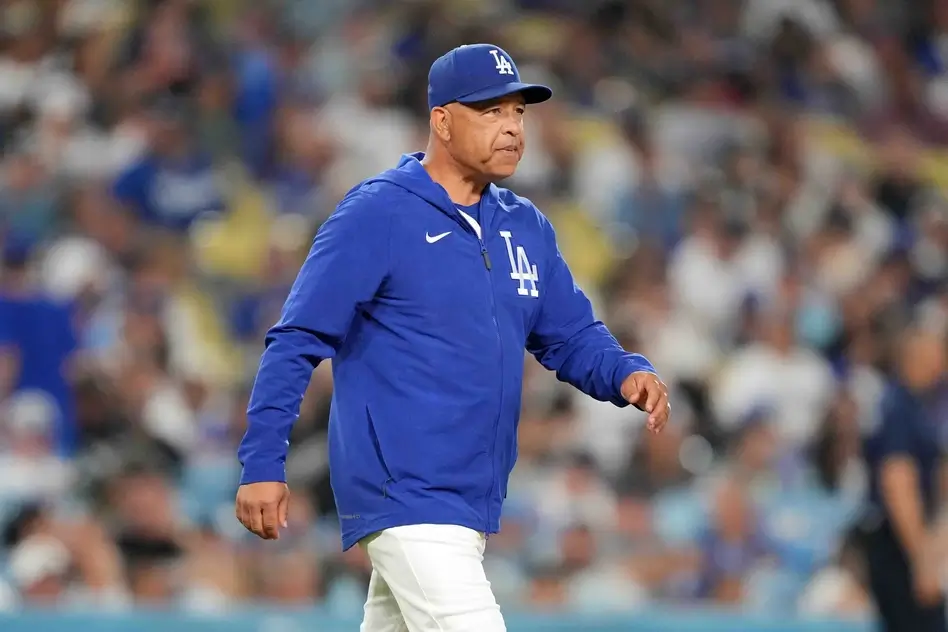If you’re not familiar with baseball or Major League Baseball, you may need to have the MLB CBA explained. If that’s the case, don’t worry, we’ve got you covered.
We’re often hearing on television about the league’s Collective Bargaining Agreement. And even though that sounds so typical of American sports leagues such as MLB, NBA, NFL, NHL, and MLS, most countries and leagues have their own sort of CBA.
MLB CBA explained
Throughout history, MLB’s CBA issues have led to lockouts and stand-offs between players and the league. And, even when the Collective Bargaining Agreement is still up to date, agents, players, and team owners often threaten to shake things off in the next negotiation.
But what on earth is the MLB’s Collective Bargaining Agreement, how does it work, how long does it last, and why does it sometimes lead to a lockout? If you’ve ever wondered this, just keep scrolling, as we won’t let you down.
What is the MLB CBA?
Simply put, the MLB’s CBA is an agreement between the players and team owners. That agreement pretty much sets the base, standards, and conditions for the relationship between those parties, going from travel protocols, salaries, contractual structure, roster sizes, and even key dates for free agency.
But it also covers seemingly minor details, such as player’s meal allowances and travel protocols.
“The intent and purpose of the Clubs and the Association (hereinafter “the Parties”) in entering into this Agreement is to set forth their agreement on certain terms and conditions of employment of all Major League Baseball Players for the duration of this Agreement. Each of the Parties acknowledges the rights and responsibilities of the other party and agrees to discharge its responsibilities under this Agreement,” reads the Players’ Association website.
The most important part, however, is related to money. The CBA is where players and clubs agree on revenue-sharing details, which is why it’s such a delicate issue every time players and team owners need to get on the same page.
How long does a Collective Bargaining Agreement last?
Even though this has changed throughout the years, the normal thing is for a Collective Bargaining Agreement to last for five seasons. That’s mostly because they’re constantly engaging and negotiating with broadcasting partners and sponsors to try and make more money.
Needless to say, that makes CBA’s negotiations often slow, blunt, and tedious. Both parties try to impose their will, with players asking for more rights and compensations as the years go by, and owners refusing to cave into most of their demands.
Why does the CBA sometimes lead to a lockout?
As we previously mentioned, it’s all about money (go figure). If the Players’ Association and team owners can’t reach an agreement, then it means there won’t be any baseball to be played.
As simple as that.
The players can threaten to sit out until the owners agree to their terms, and the owners can play hardball and refuse to have a season. Both are equally strong forces.
Throughout MLB history, we’ve witnessed eight labor stoppages. Those lockouts have gone from two days as the shortest to the cancellation of a whole postseason. However, we hadn’t had a lockout since 1994 when players decided to go on strike over the owners’ desire to impose a salary cap.
At that time, a federal judge had to reinstate the terms of the previous CBA in an unprecedented ruling. Hopefully, that will be the last time we don’t get to watch the best players in the world at The Big Show, although that seems pretty unlikely, as there will always be MLB CBA issues.
Read more MLB explained articles here
[spreaker type=player resource=”show_id=3300147″ width=”100%” height=”200px” theme=”light” playlist=”false” playlist-continuous=”false” chapters-image=”true” episode-image-position=”right” hide-logo=”false” hide-likes=”false” hide-comments=”false” hide-sharing=”false” hide-download=”true”]


